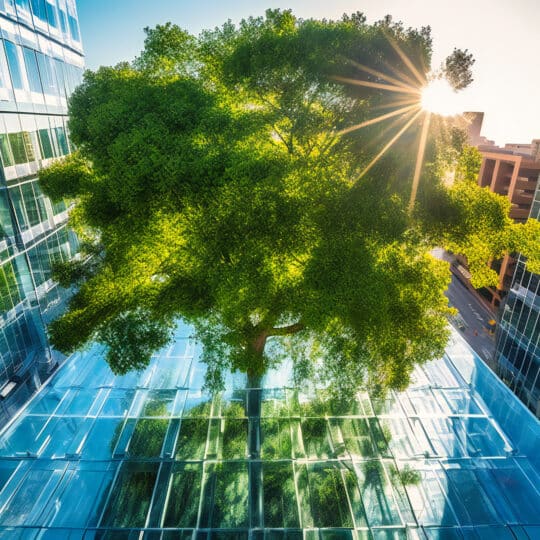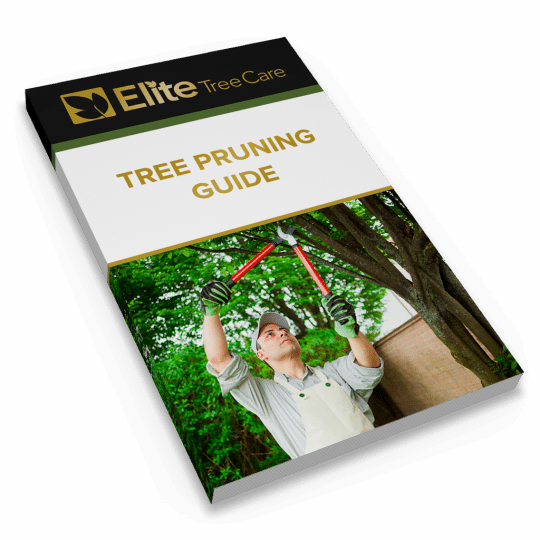Determining Tree Pruning Liability
Knowing the Rules and Your Rights
Posted
August 10, 2023

For some homeowners, the dream is to live in a quiet neighborhood where the people are friendly and the scenery is peaceful. Neighbors have the ability to enhance the home-owning experience or become a source of stress—especially if there’s an issue that needs to be addressed. One of these issues may involve a certain tree that’s planted close to the property line and has now grown into a hazard for the surrounding yards. Determining tree pruning liability can be an easy or complicated process—depending on the type of neighbors you have.
Assess the Situation
Say there’s a certain tree rooted between houses. This tree has grown tall enough to tower over several backyards, spreading its branches over pools, sheds, and other structures. You may notice this tree tends to lose a lot of branches during storms, and it’s slightly leaning toward your new fence. This fence may help determine who’s responsible for the tree, but it won’t guarantee anything will be done about it.
Before you voice any concerns about the tree, consider if it’s worth it. Chances are that tree was their way before your fence, shed, or pool. If you chose to build a structure close to a tree, that tree shouldn’t have to suffer. On the other hand, if you chose to plant a tree close to a structure without taking the full-grown size in mind, that’s also on you. Same goes for any neighbor decision. These considerations should happen during the planting or construction planning process.
You can probably deal with a few broken branches and leaf clean-up. It’s definitely easier than discussing tree pruning techniques with a neighbor—especially if that neighbor is not the easiest to deal with. However, if the tree has become more of a hazard than a headache, it could be time for a neighborly conversation.
Determining Tree Pruning Liability
Before you do anything, do a little research. Depending on the situation and where you live, there could be certain rules on your side. Whatever you do, don’t touch the tree until you’re sure who’s liable for whatever happens to it. Here are some sources to check first to help determine who’s responsible for tree maintenance.
- Local laws. Review any rules your municipality has for determining how far something can be from a property line. These setback requirements will inform you of liability before or after a tree or structure is placed.
- Homeowner Association. Many neighborhoods are under the jurisdiction of an HOA with its own set of rules and regulations. If the tree in question is in a public space on the property, it could be an issue for the community officers.
- Private ownership. Technically, whatever side of the property line the tree trunk is rooted on, that’s who owns the tree. If the trunk sits on the line, both property owners are responsible. This also means that if something needs to be done, both owners need to consent.
If you’re not sure where the property line is, request a plot plan for your local government. Iron stakes are typically used for marking corners of the lot. You could also try using a metal detector to find its location.
Once you know where the line is and what the rules are, you’ll have a better idea of who to talk to when any issues arise. Remember, make sure the issue is worth bringing up. It’s always a good idea to try to stay on positive terms with your neighbor. This helps to make everyday life and these important issues easier to deal with.

Download Your FREE Tree Pruning Guide
Learn how, when, and how much to trim or prune your trees to maximize their health and beauty. This guide covers the factors that go into tree trimming (pruning) and will help you make a more informed decision about hiring a professional tree service.